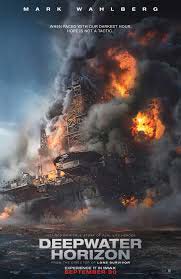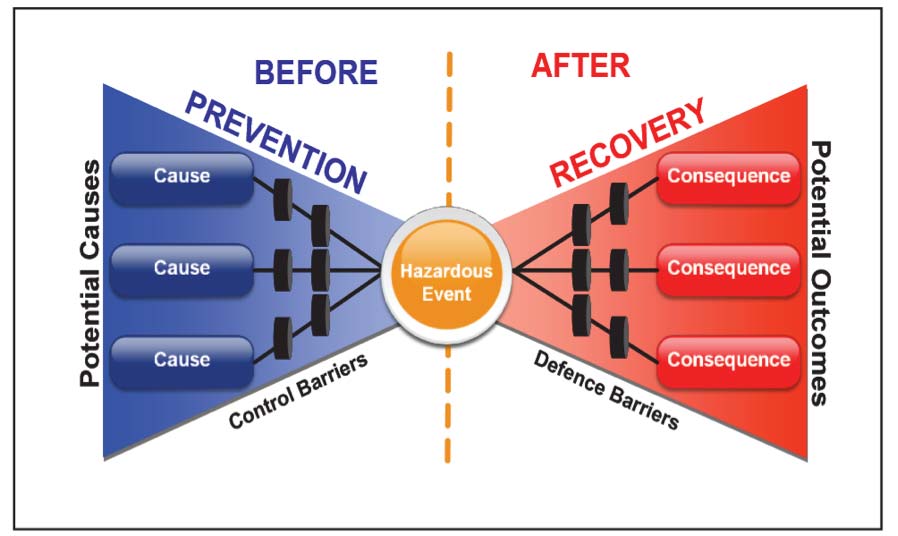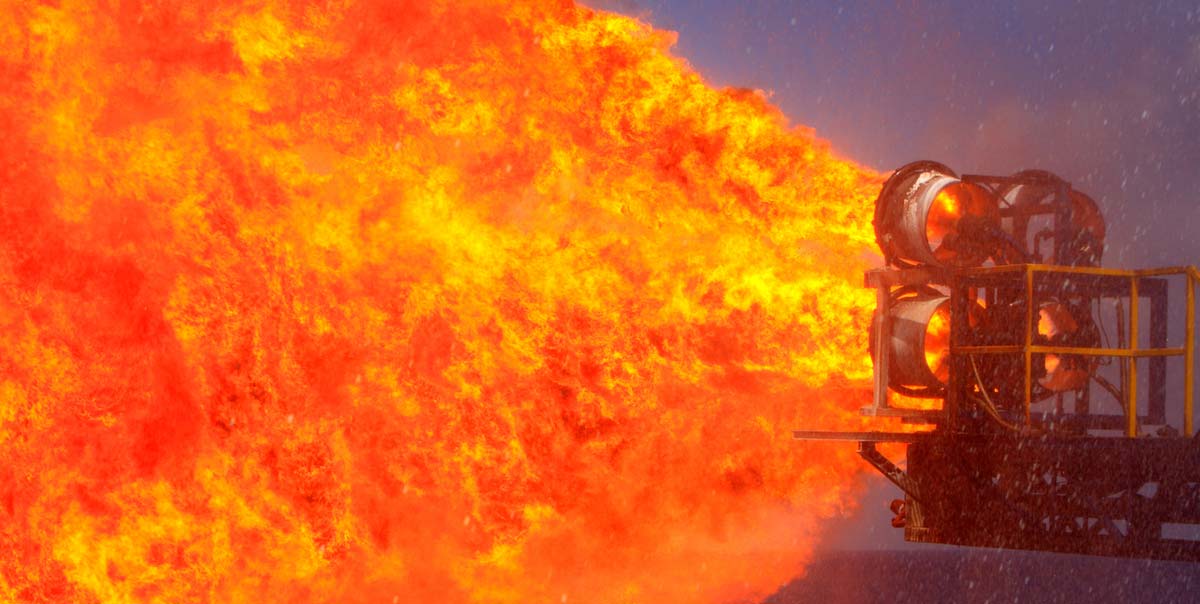Human factors in barrier thinking
 Applying ergonomics to accident prevention
Applying ergonomics to accident prevention
Ergonomics Consultant Lizzy Galwey introduces the concept of human factors in barrier thinking.

However, just as in the Deepwater Horizon movie – the dramatisation of the April 2010 disaster when an offshore drilling rig exploded, creating the worst oil spill in U.S. history – organisationsal focus often centres on hazard prevention. Meanwhile, barriers designed to reduce and minimise the consequences of an accident can sometimes be overlooked.
Is the current approach working?
A successful risk management system relies on the identification of potential hazards, and the implementation of suitable barriers – yet accidents are still occurring. So how can we develop systems where we can look at the big picture, and also each individual factor that may lead to an incident?
Introducing human factors in barrier thinking
Barrier thinking is commonly used in the human factors world. It is an approach to safety management that involves using human and engineering barriers to protect against accidents occurring.
All safety critical industries place great reliance on layers of defences, or barrier management, to protect against process safety incidents. Human performance continues to be the single most widely relied on barrier: whether as a defence in its own right, or in implementing, inspecting, maintaining and supporting engineered defences.
Human error, in its many forms, also continues to be a significant threat to the reliability of engineered and organisational defences. While approaches to developing and assuring layers of defence strategies have become increasingly formalised and rigorous in recent years, many organisations struggle to know how to ensure the human defences they rely on are as robust as they reasonably can be, when those strategies are developed and implemented.
The Bow Tie Effect: map out the barriers

With threats and control barriers (or proactive barriers) on the left side and consequences and recovery barriers (reactive barriers) on the right side. Rather than placing the hazard at the end of the line, the hazard, otherwise known as the ‘top event’, is in the centre of the bow tie.
Threats or risks
Threats, or risks, are whatever might cause your top event, and there can be multiple threats. Consequences are the results from the top event. There can be more than one consequence for every top event. An example of a consequence might be a high pressure explosion, an oil spill into the sea or the formation of a toxic cloud.
Control and recovery barriers
Control and recovery barriers interrupt the scenario so that the threats do not result in a loss of control (the top event) or do not escalate into an actual impact (the consequences).
For example, if the hazard was an explosion at an oil rig (such as Deepwater Horizon), the proactive barriers may include things such as a pressure gauge, regular checks performed by humans and an emergency release valve. If these barriers fail, reactive barriers are put in place to reduce the impact of the consequences. Examples of reactive barriers could be a blowout preventer or a blind shear ram, which could be used to plug the well where the oil has started leaking from. Only when all barriers fail does a disaster happen.
How can you apply human factors in barrier thinking??
Barrier thinking can be applied to all safety critical industries such as nuclear, aviation and rail. It’s also applicable in less obvious situations, such as fire prevention in offices and public spaces.
Human factors in barrier thinking, as well as other methods, are at the heart of our health and safety consultancy approach at System Concepts. The value of these methods lies in how they help to ensure that all bases have been covered, thus reducing risk and preventing injury.

 Applying ergonomics to accident prevention
Applying ergonomics to accident prevention